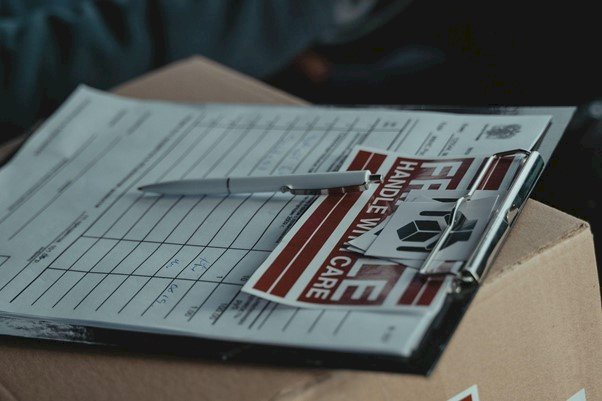Although route planning seems like one of the simplest processes and tends to be left to the last moment, this is an important step in a logistics service. It’s a process that is located in the final stage of logistics operations. And it’s important since the distribution of products must be organized with special attention.
All logistics process ranges from the distribution center to delivery to the store where the consumer is going. In order to ensure that a delivery is optimized and efficient, the respective routes that will be traveled must be drawn up. By having good route planning, the distribution of products will be much more efficient.
Some deliveries are not organized in isolation, but are processed as a set that will be joined to other orders, in many cases because these will be delivered to the same area. The purpose of this type of delivery is to make a single trip and for this, it is possible to distribute the orders corresponding to the same geographical area. By achieving this type of delivery, the cost of delivery is reduced and a quality service is offered at affordable prices.
Planning tools
A logistics business often makes various mistakes in this particular process. However, by using the most appropriate tools according to the needs of the company, you will be able to avoid the failure of the process. With these tools, the time and resources of the employees you need for a successful distribution are optimized. Among the most popular route planners found on the web are the following:
Google Maps
This technological tool is currently the most widely used mobile application for mapping. There are many drivers who use it when they are already on their respective routes, since it allows them to find the best alternatives to get to the door of their customers.
With this app you will be able to trace routes on mobile devices in a simple way, in addition to the fact that the access will be effective. Among many platforms and route planning tools, Google Maps establishes itself as the favorite for many drivers. Customers will be able to participate in the routes that the driver who is in charge of distributing their product will travel.
Google Maps has clear and simple options, that is, making deliveries with the help of this tool is an efficient process. Its traceability allows carriers to opt for a faster route in order to avoid going through streets that are highly congested by vehicles.
Waze
This platform is an alternative to Google Maps. They have only been on the market for a short time, however, it’s an application that has been gaining many customers in recent years. The app will allow the route taken by the driver in the vehicle to be efficient. It offers beneficial options such as a real-time alert, with which the driver will be alerted about the state of traffic, if accidents occur on the routes or if there is heavy traffic congestion.
Waze also offers information on roads or short routes that are free of traffic, which leads the driver to perform an efficient logistics service. This app also has a large database to find out where to get cheaper fuel, which is super useful when drivers want to save travel on their route. The platform interface is available for free for Android and iOS.
Badger Maps
Among the best route planners for commercials, Badger Maps stands out. It’s a route planning application that offers multiple options. It’s available for both iPhone and Android and is most frequently used to identify traffic density in real time.
Badger Maps will allow you to trace the fastest route so that you can efficiently develop the logistics services you offer. Among your options is giving driving directions for multiple stops. It’s an app that integrates perfectly with any system, so face-to-face administrative work will be unnecessary when implementing it in your logistics system.
Is it convenient to use route planning software?
The processes that are carried out within a logistics business must be carefully studied and carried out without the possibility of wasting time. The main reason for this is that if any failure occurs within the distribution steps, the needs of the client that hires the company would be noticeably affected, as well as the user that consumes the product(s). Therefore, route planning is recommended and mandatory in the final stage of distribution.
Having software that helps in planning the route will make this step much easier and more modifiable. In addition to offering you route data that in the long run could avoid inconveniences for the driver. The best alternative available for a company dedicated to logistics services is one that offers you information on the routes that are really optimal for the journey.
Currently, manual route planning does not ensure efficient service. In fact, with this method, it’s likely that the delivery of the orders will not be fulfilled at the scheduled time, since there is no certainty about the different failures that can occur on the route.
Have an optimized planning of each route and exceed the expectations of your customers
In addition to being part of the final stage of logistics distribution, route planning is a strategy. The purpose of this is for the driver to reach the final destination in the established time and without suffering any mishap on the route. If it’s not applied, valuable time is lost and logistics development does not occur properly.
The implementation of a route planning tool allows the most efficient routes to be generated in seconds, incorporating dynamic variables such as traffic or delivery priorities. With their help, the logistics service you offer will be more efficient and customers will be satisfied with the result.






